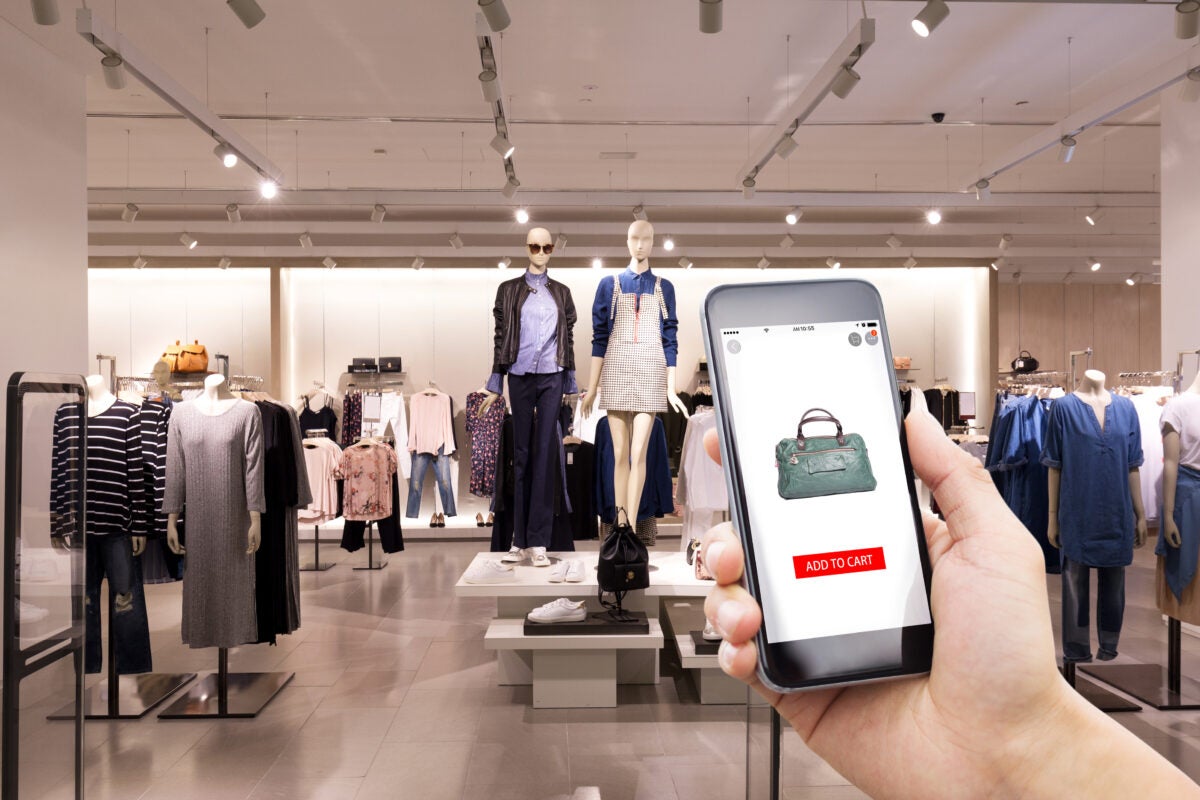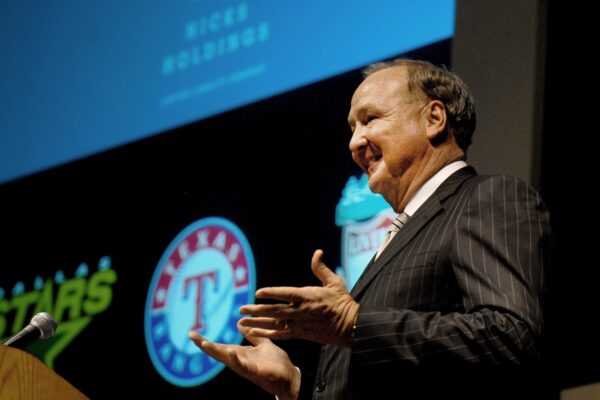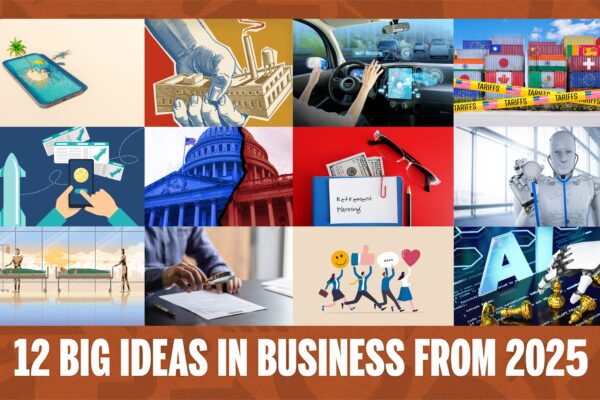For Push Promotions, Timing Is Everything
Brick-and-mortar retailers can compete with Amazon by using notifications based on your location as well as your shopping habits
Based on the research of Jason Duan and Vijay Mahajan

You’re leaving the office, when your phone dings. A nearby store is having a sale on a smartwatch, and an app displays a coupon for 20% off. You head right over.
You’ve responded to a push promotion, in which a retailer “pushes” a notification to you through an app. It’s a tactic long used by online sellers such as Amazon. But to Jason Duan, associate professor of marketing at Texas McCombs, it’s a tactic brick-and-mortar retailers — from a mom-and-pop store to a Target — can use to compete.
In new research, Duan and McCombs Professor of Marketing Vijay Mahajan offer clues for physical stores about how, when, and what types of push notifications work best to drive foot traffic. Most notably, they give guidance on location-based notifications, sent when a user is physically close to the business.
That’s in contrast to behavior-based targeting, based on a user’s past shopping behavior. While Amazon relies on behavior-based notifications, a physical store can use location-based ones as well.
That gives it a potential advantage, Duan says. “Retailers have a huge amount of data, so they should be able to optimize their use of both behavior- and location-based pushes.”
To investigate the relative effectiveness of the two kinds of promotions — and how they might reinforce each other — Duan and Mahajan teamed up with Zhuping Liu of Baruch College. They built a model of shopper activities and plugged in data from a company that notifies users of coupons through a mobile app.
The data included time-stamped histories of when notifications were sent, when and where shoppers opened the app and clicked on coupons, and when they walked into stores — all collected with users’ consent. It covered 5,000 shoppers in a midsize U.S. city during a 120-day period in 2015.
The researchers found that the two types of notifications differed in how and when they were most effective.
- For behavior-based notifications, timing mattered. When sent before a user went shopping, they made the user up to 23% more likely to open the app, up to 23% more likely to click on a coupon, and 6% more likely to visit a store, compared with consumers who got no notifications.
- Location-based promotions worked best when a user was already near or inside a store. They made shoppers 27% more likely to open an app and 22% more likely to click on coupons.
- Synergistically combining both kinds of promotions created the best results. If someone clicked an app outside a mall, they were 35% more likely to click it when they were inside the mall.
A retailer can send a behavior-based push when a customer is considering a trip and a location-based one at a key moment inside the store, Duan says. A user might get notified of a shoe sale before they leave home. Once they’re at the mall, they receive a coupon for extra discounts.
Repetition can reinforce a notification’s impact. “Pushes don’t last very long,” Duan says. “If I get a promotion today for a sale at Macy’s tomorrow, I may have forgotten it, because I’m bombarded with so much information. So, sending a reminder when I’m near the store will actually help.”
But retailers shouldn’t overdo repetition, he adds, because excessive notifications can annoy shoppers.
A better approach is to personalize notifications as much as possible, he says. With the advance of artificial intelligence, wearables like smartwatches, and real-time location tracking, a business can tailor each notification to each customer’s history, such as what kind of promotion to push and when.
If a store doesn’t have the resources to gather and analyze such data, it can contract with businesses that do, such as coupon companies. Says Duan, “There’s a growing need for companies that collect the data and publish these push notifications, so that small retailers can remain competitive with large online retailers such as Amazon.”
“Push and Pull: Modeling Mobile App Promotions and Consumer Responses” is published in Quantitative Marketing and Economics.
Story by Hope Reese
About this Post
Share:


